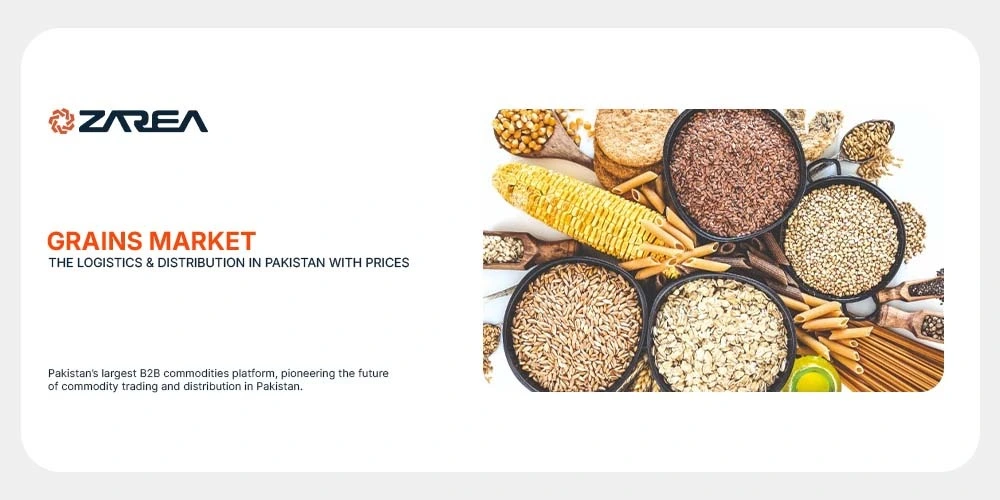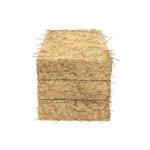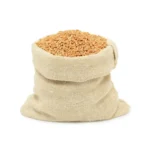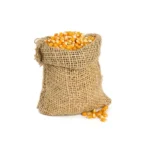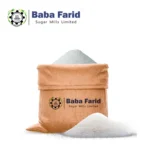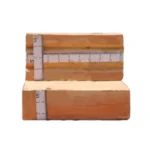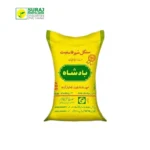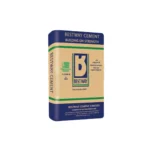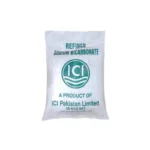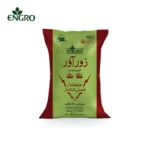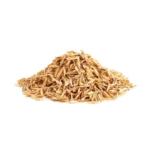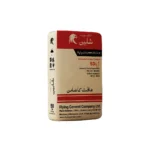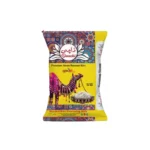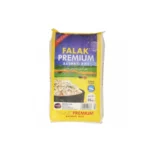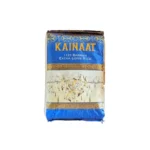Introduction – Whole Grains in Pakistan:
Understanding the Grains Market and Zarea’s Role in Modern Agricultural Distribution:-
As we all know, the food supply and rural development of Pakistan totally depend on its agricultural industry. Meanwhile the whole grains are essential to the nation’s food supply whether it’s wheat, rice, maize or pulses. They all are major contributors to the supply of the whole grains in Pakistan’s market. Effectively distributing and coordinating these grains throughout the nation is a true challenge all the time. Thats why except farming it guarantees prompt supply, quality control, and reasonable prices all over Pakistan. This is where Zarea.pk brings significant value through its robust value chain and digital supply network.
Understanding the Grains Market in Pakistan:
Nowadays domestic demand and international trade drive Pakistan’s large and thriving grain sector. On the other hand barley, maize, and other pulses rank second and third, respectively after rice and wheat. They are the primary staples on the grain market for a long time. Punjab and Sindh are like important agricultural regions dominating Pakistan’s grain production. Meanwhile, towns like Lahore, Karachi, and Multan serve as nationwide distribution hubs.
A variety of factors like weather, market demand, fuel prices, and global commodity trends influence grain prices in Pakistan. The average market prices of grains according to mid-2025 for key grains are as follows:
| Grain Type | Average Market Price (PKR/40kg) |
|---|---|
| Wheat | 3,200 – 3,800 |
| Basmati Rice | 8,000 – 10,000 |
| Maize (Corn) | 2,600 – 3,200 |
| Daal Chana | 8,500 – 9,200 |
| Daal Masoor | 6,500 – 7,500 |
| Barley (Jau) | 2,200 – 2,800 |
The fact that these pricing ranges differ by area and time of year highlights how crucial an open and effective distribution system is.
Logistics’s Function in the Distribution of Grain:
In Pakistan, the distribution of grain comprises a number of crucial logistical elements:
- Purchasing from Farms and Mills: Raw grains are purchased straight from farms or mills that process them.
- Storage: To maintain grain quality, proper storage with moisture control is crucial.
- Transportation: Grain is transported to industrial purchasers or urban marketplaces by trucks and loaders.
- Market Delivery: According to the demand market dealers send shipments to end users, like food producers, distributors, and retailers.
The incomplete road infrastructure, pricing manipulation, and transit delays frequently hamper the overall procedure.
Zarea – Revolutionizing the Grains Supply Chain:
It’s a top business-to-business marketplace in Pakistan for agriculture and construction, is aggressively changing the way grains are sold. Zarea guarantees accurate, timely, and transparent grain procurement, storage, transportation, and delivery through its integrated supply chain network.
Zarea’s Grain Supply Model’s salient features include:
- Verified Source: Zarea collaborates with verified farmers and millers to guarantee the highest quality of whole grains distribution.
- Real-time pricing: According to various places, it’s providing access to the most recent grain prices to buyers. This may also give them the ability to make well-informed decisions.
- Inventory control: Automatic stock updates may lower the possibility of shortages and overstocking in the grains market.
- Nationwide Delivery: Zarea guarantees grain delivery across Pakistan whether it’s from the wheat fields of Punjab or the food processing facilities in Karachi.
- Digital Invoicing & Tracking: All transactions are recorded digitally with real-time shipment tracking for buyer confidence.
By eliminating middlemen and promoting direct trade between farmers/millers and institutional buyers, Zarea not only lowers costs but also increases profit margins for producers.
Why Grain Logistics Matters for the Economy:
Inflation and food security are directly impacted by effective logistics. Poor grain transportation or storage results in losses, higher costs, and unhappy customers. Pakistan might invest in dependable grain distribution infrastructure in order to:
- Reduce food waste (currently over 20% in some grain categories)
- Stabilize consumer prices
- Support farmers with timely payments
- Enhance national export potential for commodities like Basmati rice
The Future of Grain Distribution – Zarea’s Vision:
Zarea envisions a digitally empowered grains market where:
- Every grain movement is traceable.
- Pricing is transparent.
- Buyers and sellers interact directly.
- Logistics are managed via mobile and web platforms.
- Farmers, retailers, and processors benefit equally from tech-driven supply chains.
Through the integration of digital innovation and agricultural heritage, Zarea.pk is establishing a standard for Pakistan’s agri-logistics ecosystem.
Final Thoughts:
One of the main pillars of Pakistan’s economy is the grain market. However, the effectiveness of the distribution and logistical processes dictates how well this industry does. Zarea provides an easy way to source, manage, and distribute grains throughout Pakistan if you’re a wholesaler, institutional partner, or bulk buyer. Join Pakistan’s contemporary agriculture revolution by exploring the site now.
What is a grain market?
In our contemporary culture, farmers sell their produce through grain marketing, which enables them to do so on a huge scale. Customers might range from ethanol manufacturers to farmers in need of feed for their animals.
What is grain trading?
traders both domestically and internationally trade cereals including wheat, barley, maize, rice, and other food grains. People know this as the grain trade. Unlike other agricultural goods, suppliers readily keep and transport grain with little chance of spoiling, making it a valuable trading commodity.
How to read grain market prices?
Last: The most recent exchange rate.
Change: The variation between the settlement price from before and the present price.
Open: The grain opened at this price.
High: The day’s highest trade price.
Low: The day’s lowest trading price.
Previous: Yesterday’s settlement price.
Who is the biggest producer of grain?
Despite producing more grains than any other country in the world, China is more reliant on food imports. Subsistence farmers in India produce and consume a large portion of the country’s product locally. Because of its vast agricultural infrastructure and high crop yields, the United States is the world’s largest food exporter.
What is the profit margin of grains?
According to ABARE data, the typical cropping farmer makes about 3% of the assets they manage. The best 20% of farms reach about 10%, while the average for farmers in the Agripath benchmarking is about 6%.

